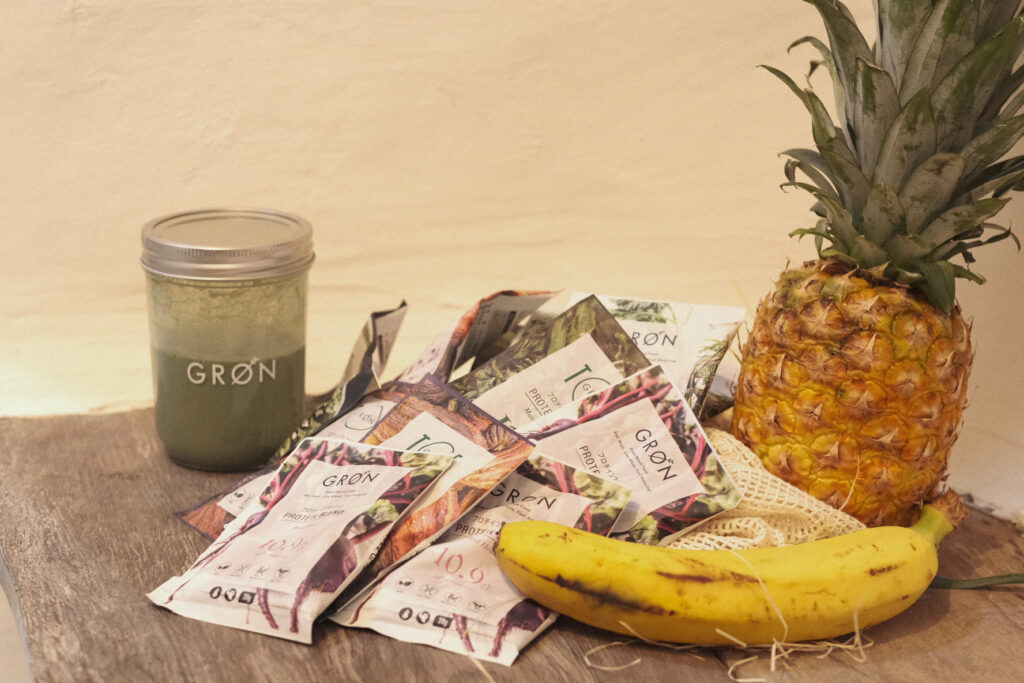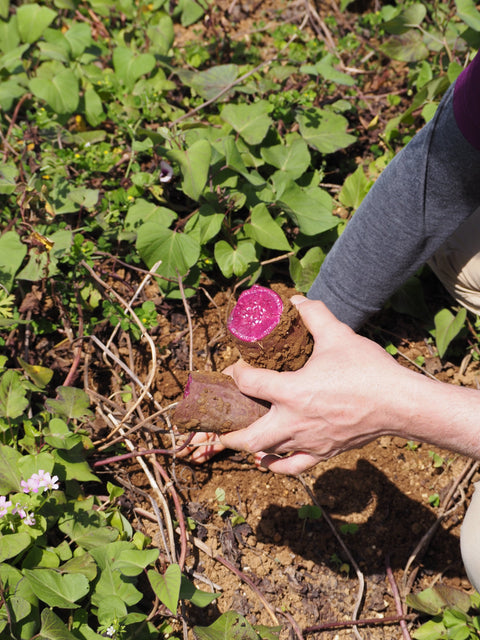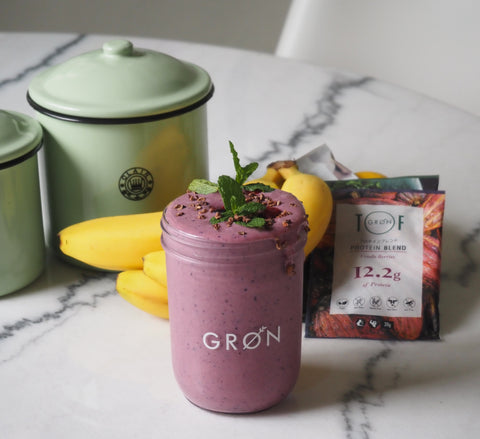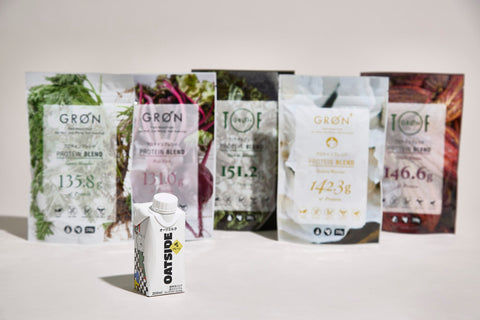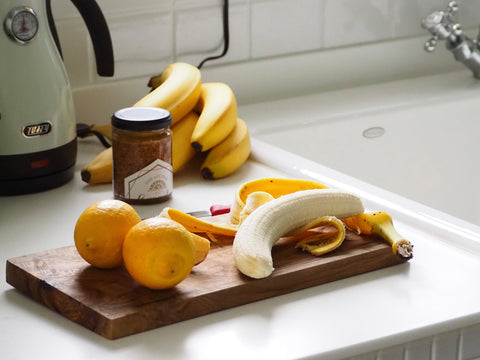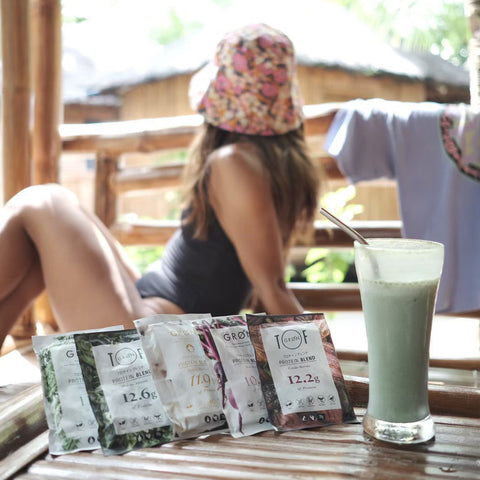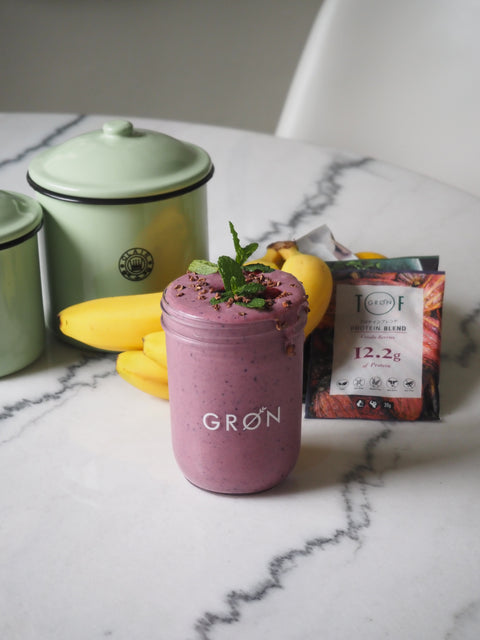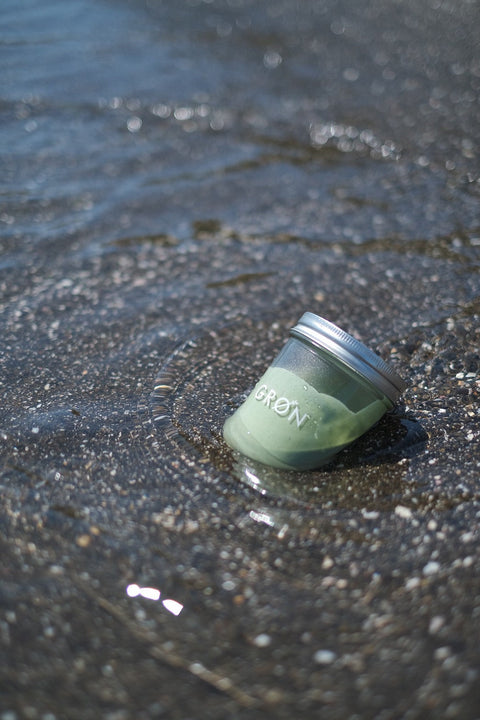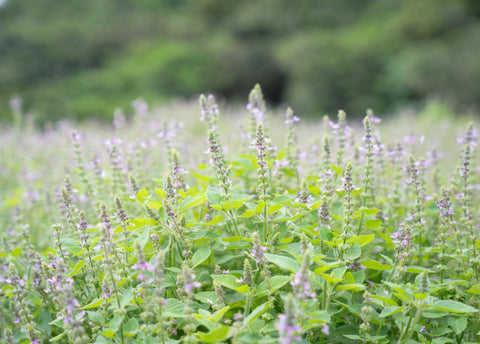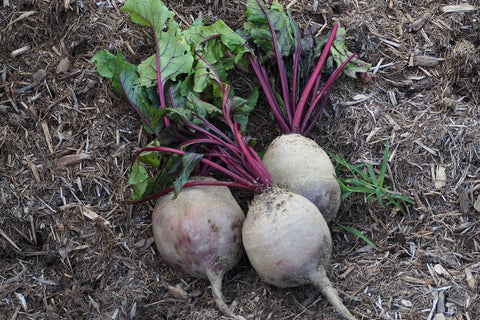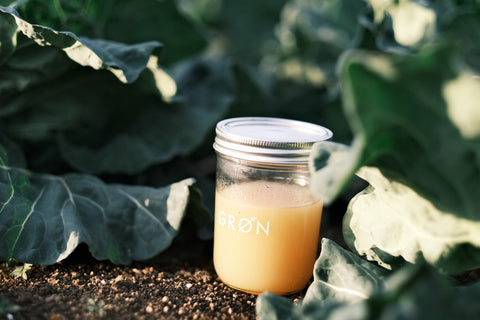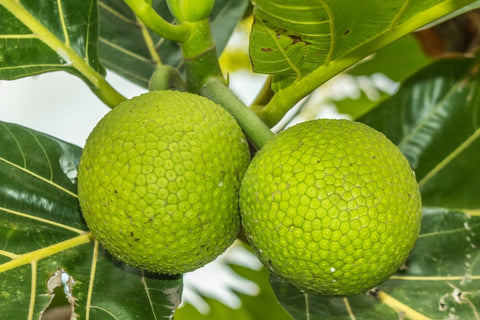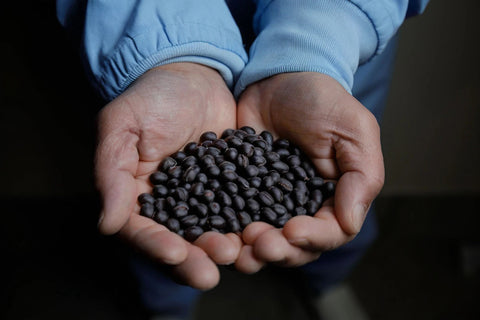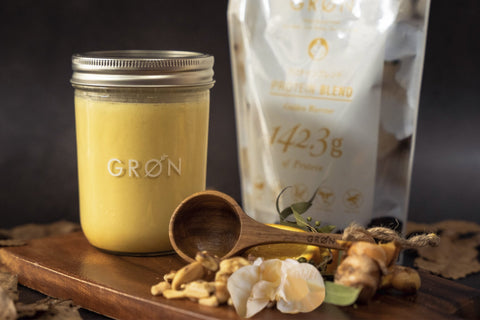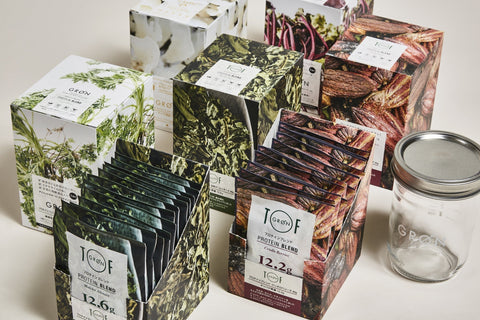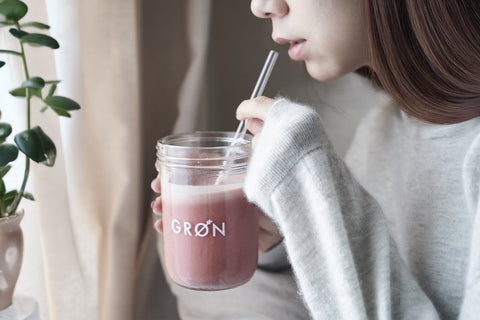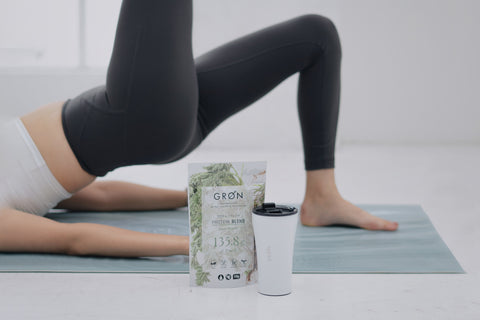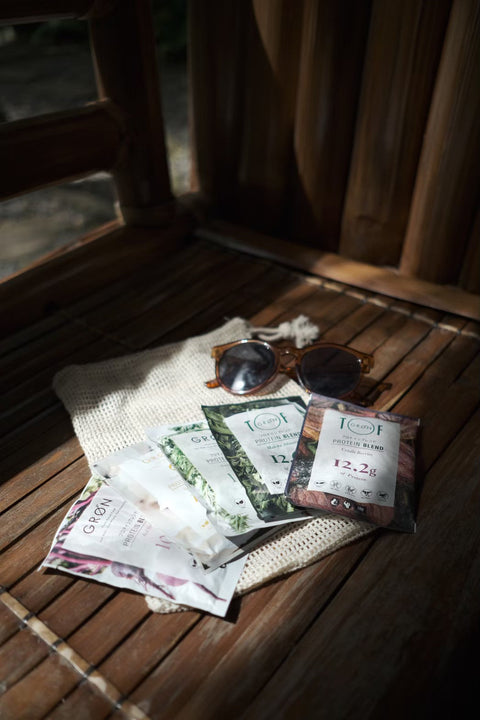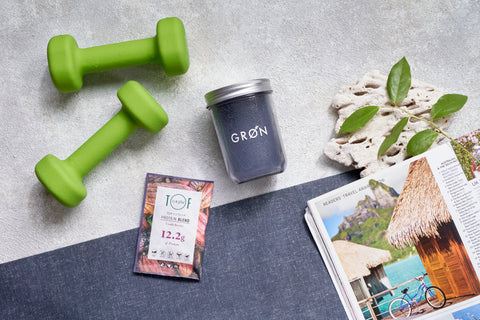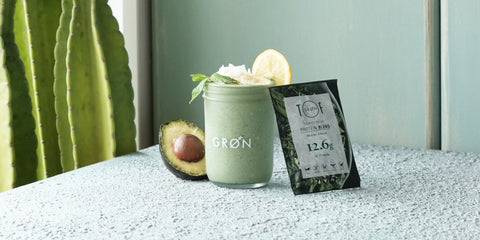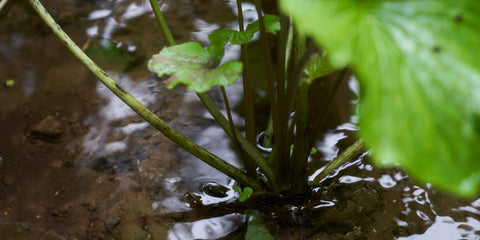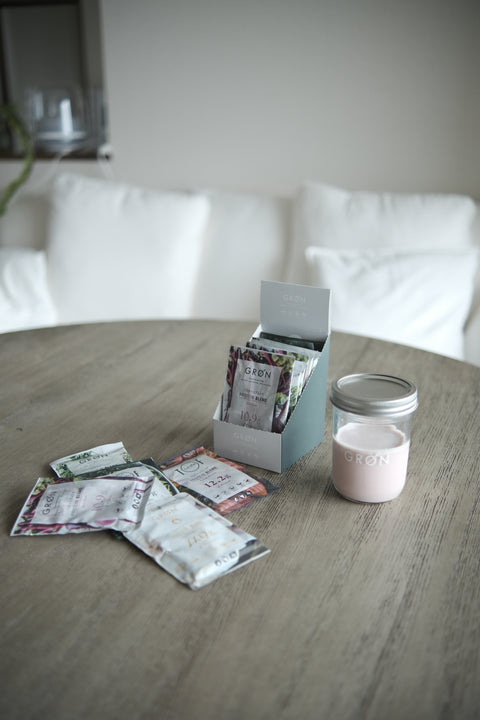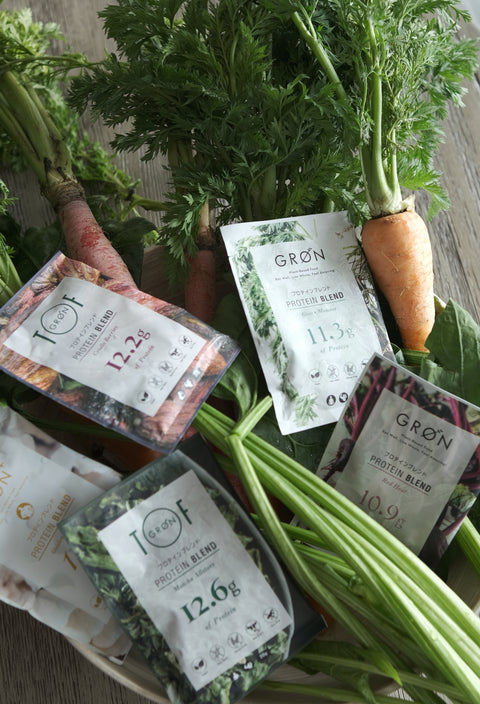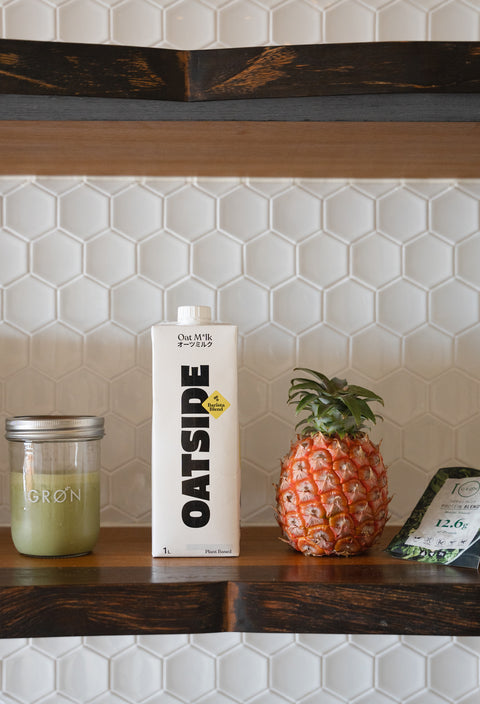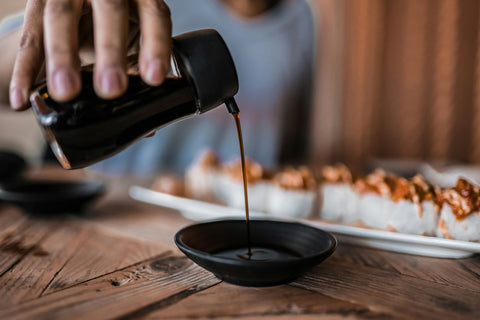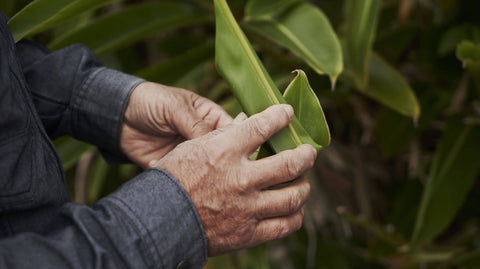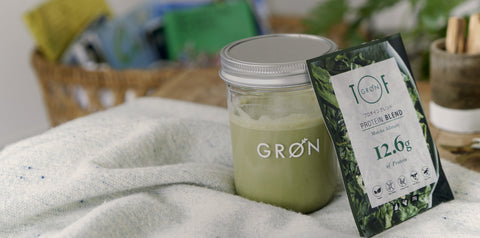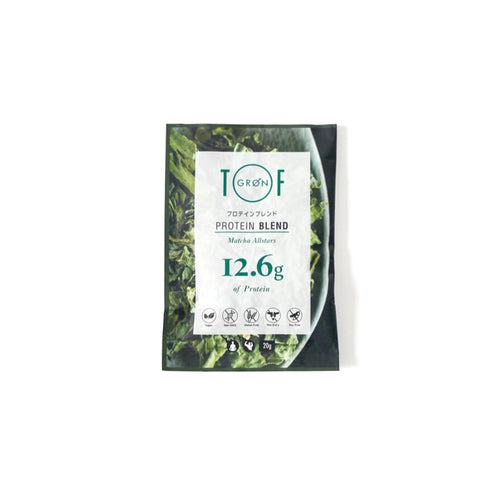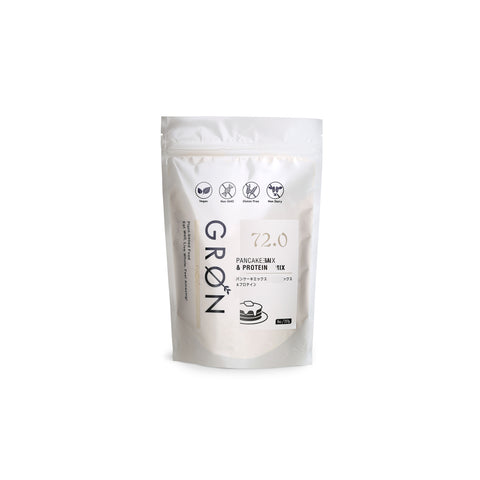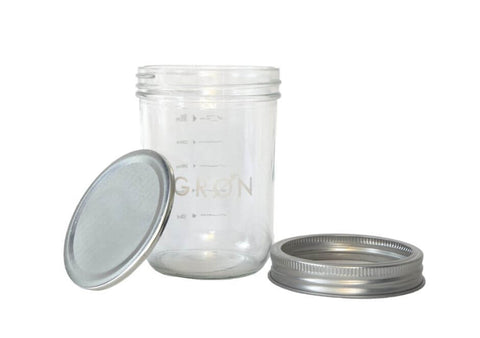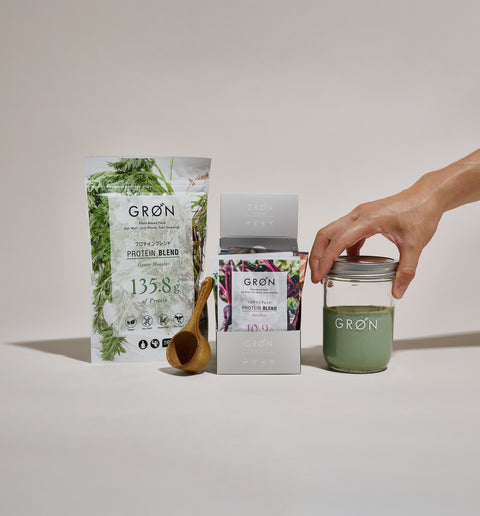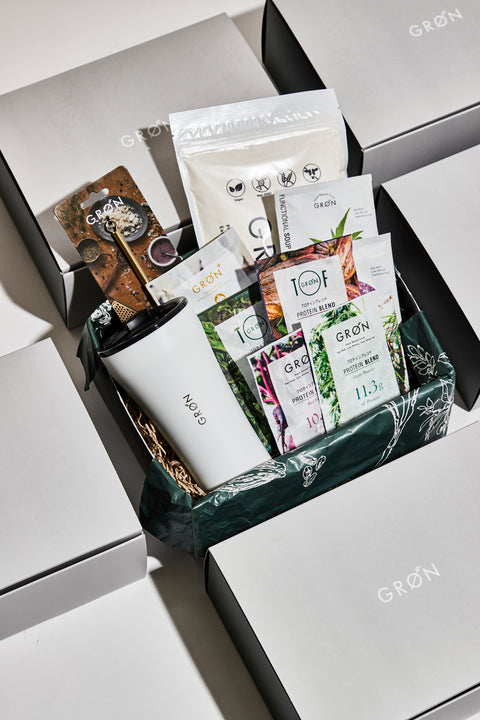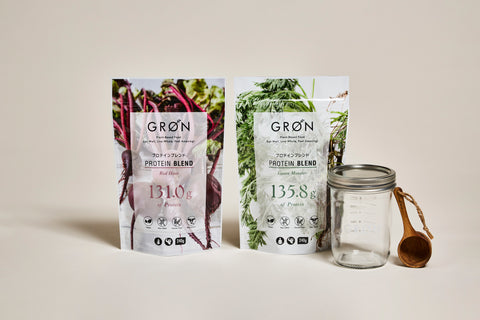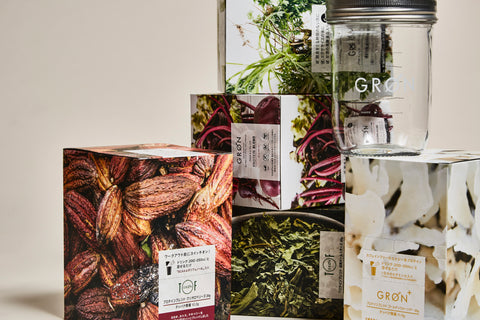Food management to be careful of during the rainy season ~ Nutritionist's Column Vol.66
The rainy season has arrived, when temperatures and humidity rise and food poisoning becomes more likely.
During this time of year, when the risk of food poisoning is high, even greater care must be taken in managing food.
Food poisoning is a terrible disease that causes symptoms such as nausea, vomiting, diarrhea, abdominal pain, and fever, and in severe cases can be fatal.
Possible causes of food poisoning include bacteria, viruses, chemicals, and natural toxins .
Among these, the main causes are bacteria and viruses, but you should also be careful of mold .

Food poisoning causes are bacteria, viruses, and mold
The temperature and humidity rise and bacteria increase from June to August, from the rainy season through to summer.
This is the season when you need to be especially careful about food poisoning.
On the other hand, "virus" .
The virus has the ability to survive for a long time in low temperature and dry environments, so caution is required mainly in winter.
They do not grow in food like bacteria do, but they may be present on food.
Once inside the body, they multiply in the intestinal tract and cause food poisoning, making them just as dangerous as bacteria and mold.
In addition, you need to be careful during the humid rainy season as mold is more likely to grow.
In addition to changing the taste and smell of food and causing it to spoil, mold can also produce toxins and cause food poisoning.
Also, mold toxins may remain even after washing or heating.
Once mold grows, it spreads by releasing spores.
Mold will grow when the following conditions are met: temperature (20-30°C is optimal), oxygen concentration, and material conditions (moisture content, hygroscopicity, nutrient content, softness, etc.).
During this season, you need to be creative and store food in airtight containers or in the refrigerator.
By the way, foods that are prone to mold include those with a high sugar content, such as bread, rice cakes, cakes, and sweets.
Depending on the type of mold, some can grow on any food, including vegetables, fruits, rice, and peanuts.
Regardless of the food you are using, we recommend checking for mold during this season.

How to deal with bacteria and viruses that cause food poisoning
Let's go back to the topic and explain how to deal with bacteria and viruses, which are the main causes of food poisoning.
The three most important principles are to not allow bacteria or viruses to attach to your skin, to prevent them from multiplying, and to eliminate them.
I will introduce these points step by step.
1. Prevents bacteria and viruses from being transmitted
Washing your hands thoroughly is important to prevent bacteria and viruses from getting onto food.
Before you start cooking, before and after handling raw meat, fish or eggs, after going to the toilet while cooking, after blowing your nose, after touching animals, etc.
After cooking, be sure to wash your hands before sitting down to eat.
Washing your hands can greatly reduce the risk of bacteria and viruses being transferred to your food.
In addition to washing your hands, it is also important to maintain the hygiene of your kitchen utensils.
There is a risk of ingesting bacteria or viruses when cutting vegetables that will not be eaten cooked from the same cutting board that has been used to cut raw meat or fish.
Therefore, be sure to wash your cutting board and knife thoroughly after each use, and if possible, disinfect or sterilize them before using them again.
Just as with cooking, care must be taken when storing leftover ingredients.
To prevent bacteria from contaminating other foods, we recommend storing food in an airtight container, tightly closing the lid of the zipper or Tupperware, and covering it with plastic wrap.
2. Prevents bacteria and viruses from multiplying
Temperature control is important to prevent the growth of bacteria and viruses.
For this reason, we recommend storing it in a low temperature environment such as a refrigerator or freezer.
The reason for this is the temperature at which bacteria grow.
It is said that bacterial growth is most active at 30 to 40 degrees Celsius, growth slows down below 10 degrees Celsius, and stops completely at temperatures below -15 degrees Celsius.
In addition, since bacteria are likely to grow on fresh foods such as meat and fish, prepared foods, and leftover side dishes, we recommend storing them in the refrigerator or freezer.
*Note: Although bacterial growth stops at temperatures below -15°C, it does not mean that the bacteria are dead. Please note that bacteria will grow again if the food is returned to room temperature.
3. Defeat bacteria and viruses
Thermal disinfection is effective in killing bacteria and viruses.
Although it depends on the type of bacteria or virus, most food poisoning bacteria are killed when the center of food is heated to 75°C for at least one minute.
Thoroughly cook old meat, fish, and eggs, or any items that you are unsure about the hygiene of.
As mentioned above, after cooking with these dishes, we recommend washing the utensils thoroughly with detergent and pouring boiling water over them to sterilize and disinfect them.

Here is a summary of the three points:
a. Wash your hands thoroughly.
b. If possible, start cooking with vegetables. After cutting meat or fish, thoroughly wash and disinfect cooking utensils.
c. June to August: Store food in the refrigerator as much as possible.
d. Eat food as soon as possible after cooking, and store food in the refrigerator when reserving it.
e. Be careful to keep food sealed even in the refrigerator (check that containers, plastic wrap, and zippers are closed).
f. Cook as much food as possible, especially meat and fish.
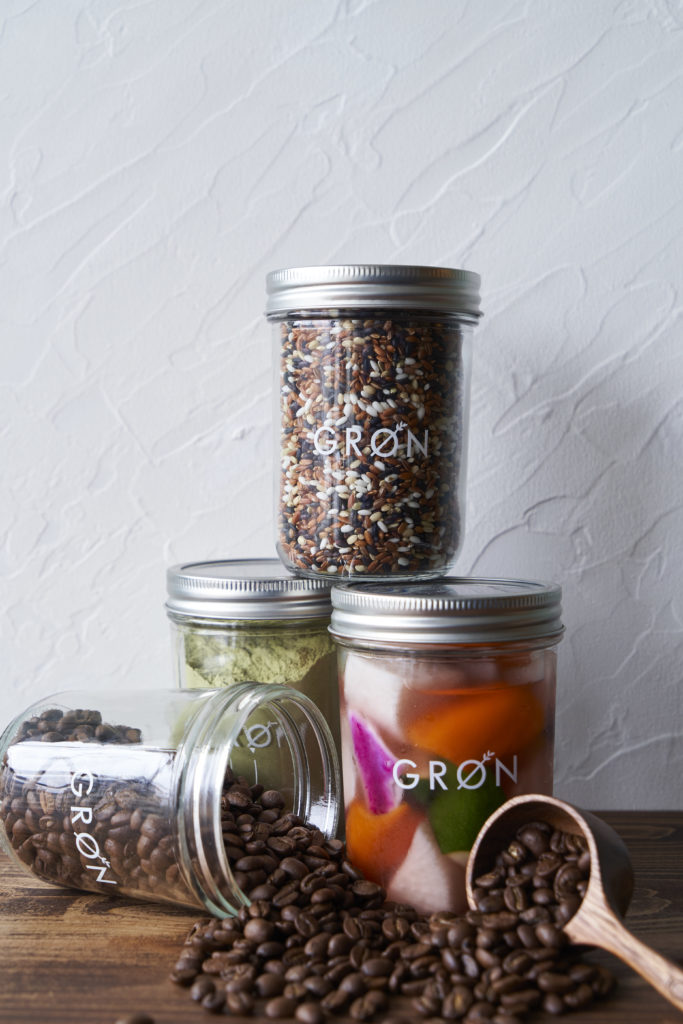
The hot and humid season from June to August can easily make you lose your appetite.
Especially during times like these, let's be mindful of the above points, enjoy cooking and eating, and get through this season in good health!
Buy GRØN , a plant-based protein blend with dried superfoods, here.
In the summer, we recommend storing it in the refrigerator, making sure the zipper is closed.
——————————————————
Nutritionist, Food Education Instructor, Food 6th Industrialization Producer Level 4
Ayako Ishihara
A nutritional advisor in the healthcare field and an agribusiness professional.
She is involved in a variety of activities specializing in the fields of beauty and health, including giving lectures to Miss World Japan candidates.
With the philosophy of "enriching the mind and body through food and realizing a vibrant society where people and communities are connected," he founded i-Field Co., Ltd. in 2013 and serves as its representative.
He is a core member of the food team for "DINING OUT," which opens outdoor restaurants in various regions, and also participates in fashion brand projects.
She is also involved in the promotion of local ingredients, product development and production specializing in "health" and "beauty," branding, concept design, food hygiene, sales promotion, training planning and management, etc. She is in charge of nutritional supervision for GRØN's product development, proposing ways to incorporate them more effectively into consumer health.
——————————————————





